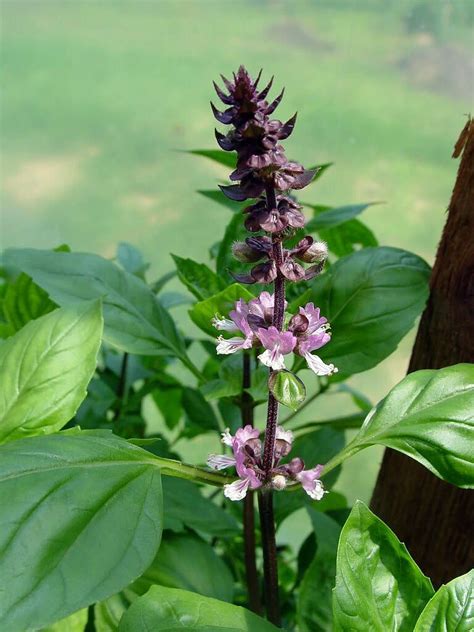Holy Basil Plant. And it’s also one of the most important medicinal herbs in indian traditional medicine. Ocimum sanctum is the original species name however it is now called ocimum tenuiflorum.

Holy basil (ocimum tenuiflorum or ocimum sanctum) is an aromatic shrub in the lamiaceae basil plant family. And it’s also one of the most important medicinal herbs in indian traditional medicine. Holy basil specifically balances cortisol, a stress hormone that increases blood sugar.
It Is Also Known As Tulsi, Krishna Tulsi, Or Tulasi.
Ocimum sanctum is the original species name however it is now called ocimum tenuiflorum. Holy basil has a hairy stem while regular basil has a smooth, hairless stem. This herb is a very important symbol in the hindu religion.
Used In Religious Ceremonies As Well As Cooking, Tulsi May Have Medicinal Qualities Similar To Neem But It’s A.
Holy basil (ocimum sanctum) is a very special plant. It’s thought to have originated in north central india and now grows throughout the eastern world. Ad by fruitthaisweet ad from shop fruitthaisweet.
Only 1 Left — Order Soon.
The hairs in holy basil are more pronounced in older plants. The most outstanding difference is the texture of their stems. It is a medicinal herb which is liable to cure any type of disorder.
It Is A Highly Aromatic Plant.
Revered in india as a sacred plant, holy basil, or tulsi, is believed to help bring purity and serenity to the heart and mind. Holy basil or tulsi as it is commonly known are often found planted in courtyards of hindu houses and used to cleanse the body and has been used throughout history as a medicinal herb. Green holy basil, also known as rama tulsi , is a green variety of basil with the same attributes as red basil.
Tulsi (Ocimum Sanctum), Also Known As Holy Basil And Tulasi, Is One Of The Most Revered Herbs In The Ayurvedic Pharmacopoeia.
Considered sacred in many cultures, this herb has been revered for centuries thanks to its ability to impart clarity and lightness to the body, mind, and spirit. In india, holy basil is traditionally grown in containers in and around temples for the purpose of cleansing visitors. Another difference is in the color, margin, and texture of the basil leaf.
